Lunar New Year is a time to gather with loved ones, participate in cultural traditions and celebrate the new year.
The holiday is celebrated by 1.5 billion people around the world, but in a variety of countries. Each country celebrates it for a different period of time, but all celebrations fall between January 21 and February 20.
Here is how different Asian countries celebrate the Lunar New Year.
China and Singapore: The Spring Festival
The Spring Festival is welcomed with a New Year’s Eve family dinner. An abundance of hóngbāo, red envelopes symbolizing good fortune, are passed amongst family members.
This tradition is one of the most common around the world. Similar ones are seen in Cambodia, Indonesia, Vietnam, South Korea, Japan and the Philippines.
Many families also visit temple fairs to pay their respects to ancestors.
During the festival, lion and dragon dances fill the streets as spring markets line the sidewalks.
The Spring Festival also includes Lantern Festivals and fireworks which light the skies to welcome the new year.
Vietnam: Tet
Tet is one of the Vietnam’s most sacred holidays as it focuses on the hope of good fortune.
Common sights are collections of flowers, peach trees and plants. These bouquets are used to bring good fortune into the home and give respect to ancestors.
Similar to the hóngbāo of the Spring Festival, the plants symbolize new beginnings and blessings.
Feasts with family consist of foods such as Banh Chung (sticky rice cakes), Thit Kho Trung (braised pork with eggs) and Ga Luoc (boiled chicken).
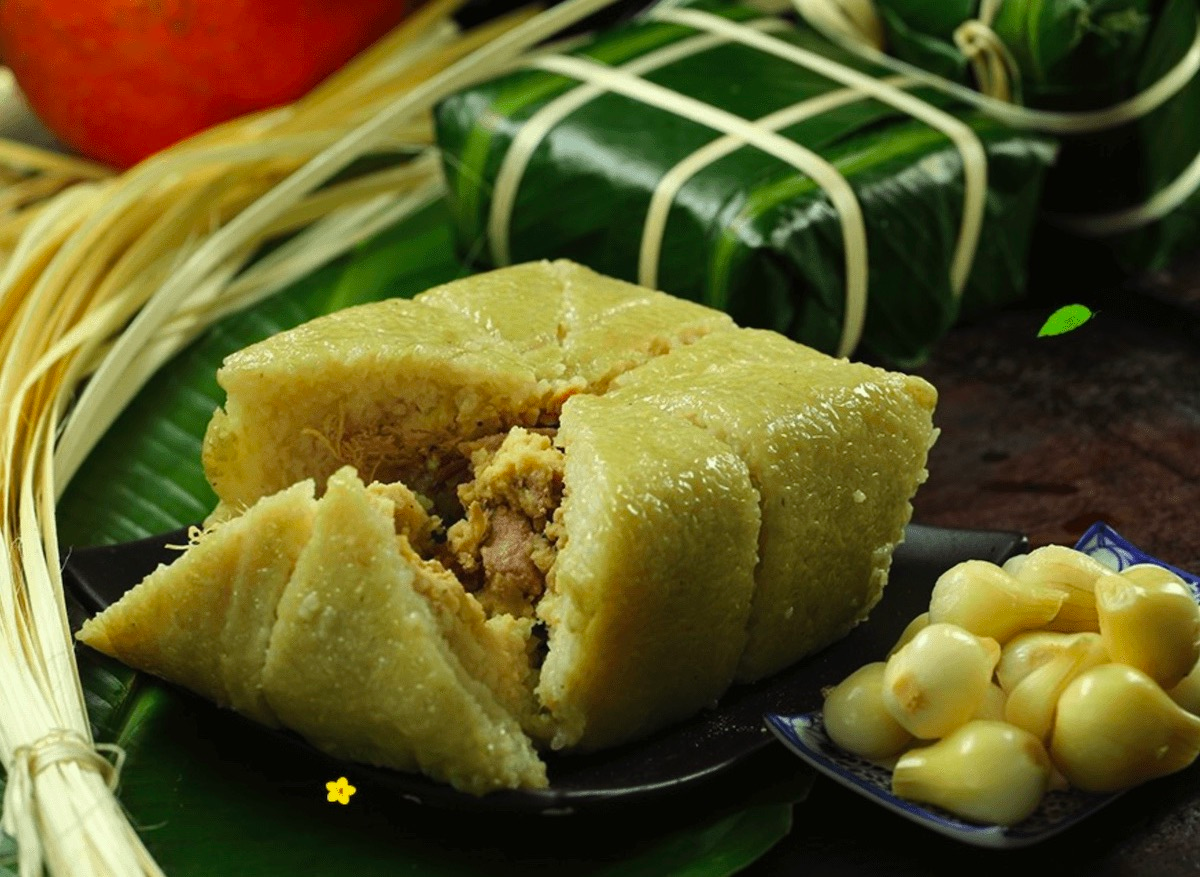 bánh chưng (a sticky rice cake stuffed with beans and pork)
bánh chưng (a sticky rice cake stuffed with beans and pork)
South Korea: Seollal
During Seollal, people wear traditional clothing, play traditional games, reenact folklore stores and perform ancestral rites.
Some traditional games include jegichagi (a hacky-sack type game), yeonnalligi (kite-flying), neolttwigi (see-saw), paengi chigi (top-spinning) and yut-nori (a game board with four wooden sticks and tokens).
The traditional clothing seen during Seollal is known as hanbok. It literally translates to “Korean clothing” and is most popularly worn by women.
Similar to other Lunar New Year festivities, Seollal also emphasizes feasts and the gathering of family.
Tibet: Losar
Losar encompasses a festival of prayers, dancing, gift exchanges and family gatherings.
Family gatherings are used as time to remember the past and honor the new. This is seen through offerings of traditional dishes and wine to home altars.
Similar to the traditions of the Spring Festival, red envelopes are distributed among friends and family to symbolize and spread prosperity.
Indonesia: Imlek
When Imlek starts, lion and dragon dances absorb the streets. It is believed that these animals bring prosperity.
Basket cakes are a festival delicacy. They represent the hope for continued success and self improvement in the new year.
Thailand: Songkran
Songkran is also known as the Water Festival. People splash water onto each other in the canals and pour water onto Buddhist statues. The water symbolizes purification and the washing away of one’s sins.
As part of the Water Festival, people participate in boat races, water fights and temple ceremonies.
Men and women also dress in traditional Thai clothing called chut Thai, which translates to “Thai dress that has been royally endorsed.”
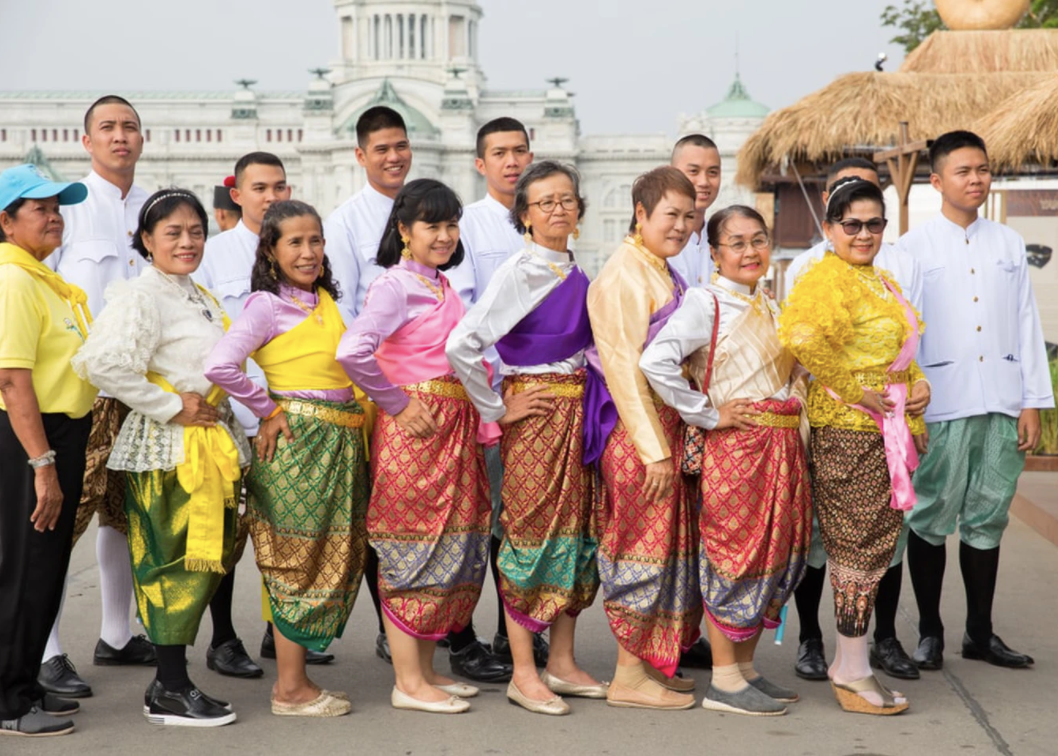 Men and women wearing Thai dress
Men and women wearing Thai dress
Cambodia, Laos, Myanmar
These countries all participate in similar traditions seen in Thailand and parts of China. The Water Festival and hongbao are two key characteristics of their Lunar New Year traditions.
While each country engages in their own unique traditions, they all encompass the same ideals: the hope to attain good fortune and live a long prosperous life.
Wherever you are, I hope you have a happy Lunar New Year!
[zombify_post]

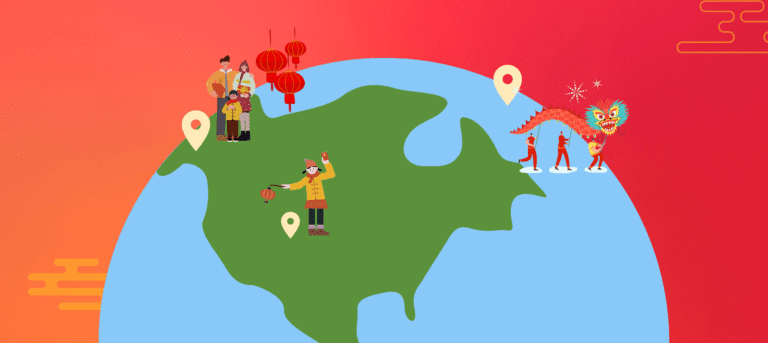

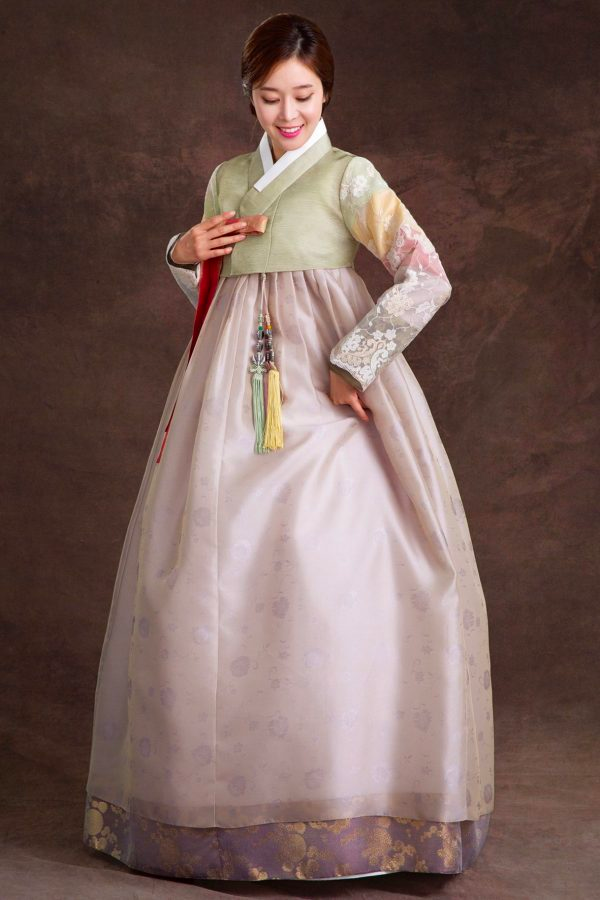
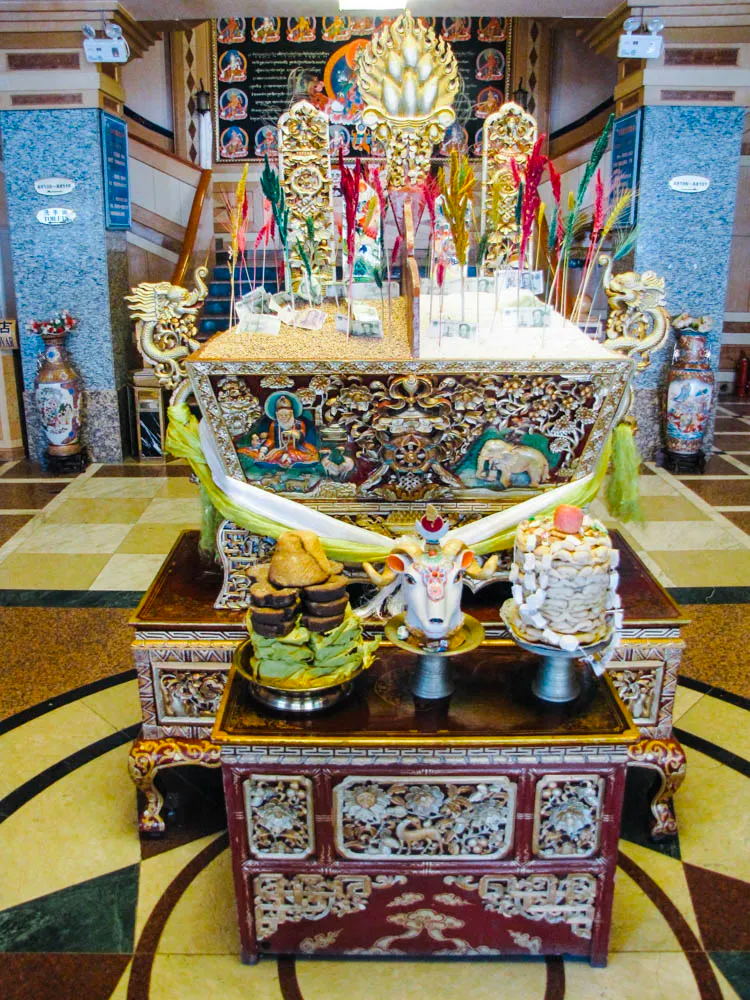
0 Comments